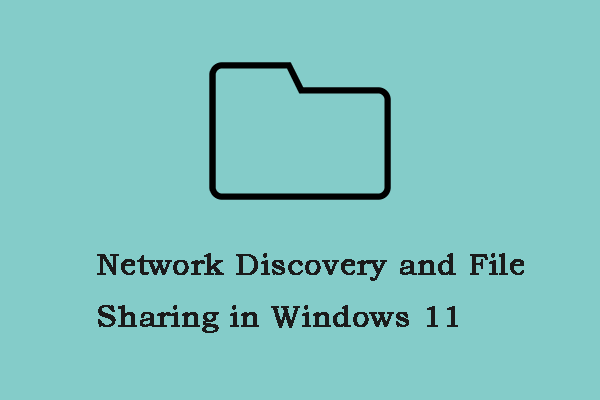What is the Peer-to-Peer network? What are the types of Peer-to-Peer network? What are the advantages and disadvantages of the Peer-to-Peer network? How does it work? What are the applications of Peer-to-Peer network? This post provides answers.
What Is Peer-to-Peer Network
What is Peer-to-Peer network? A peer-to-peer (P2P) network is created when two or more PCs connect and share resources without going through a separate server computer. A P2P network can be an ad hoc connection – two computers are connected via a universal serial bus to transfer files.
A P2P network can also be a permanent infrastructure, connecting six computers in a small office via copper wires. Alternatively, a P2P network can be a larger-scale network in which special protocols and applications establish direct relationships between users over the Internet.
Tip: To get more information about the network, you can go to the MiniTool official website.
Types of Peer-to-Peer Network
The following are the types of Peer-to-Peer network:
- Unstructured P2P Network: In this type of P2P network, each device is able to contribute equally. The network is easy to build because devices can connect randomly in the network. But since it’s unstructured, it’s hard to find content.
- Structured P2P network: It is designed using software that creates a virtual layer in order to place nodes in a specific structure. These are not easy to set up, but allow users to easily access content.
- Hybrid P2P network: It combines the characteristics of P2P network and client-server architecture.
Advantages and Disadvantages of Peer-to-Peer Network
Advantages of P2P Network
- Ease of Maintenance: The network is easy to maintain because each node is independent of each other.
- Lower cost: Since each node acts as a server, it saves the cost of a central server. So there is no need to buy expensive servers.
- No network manager: In a P2P network, since each node manages its own computer, there is no need for a network manager.
- Adding nodes is easy: adding, removing, and repairing nodes in this network is easy.
- Less network traffic: In a P2P network, there is less network traffic than in a client/server network.
Disadvantages of P2P Network
- Data Vulnerability: Since there is no central server, data is always prone to loss due to no backup.
- Less secure: Since each node is independent, it is difficult to secure the entire network.
- Poor performance: In a P2P network, each computer is accessed by other computers in the network, which slows down the user’s performance.
- Difficult to locate files: In a P2P network, files are not stored centrally, but on separate computers, which makes files difficult to locate.
How Does Peer-to-Peer Network Work
How does the Peer-to-Peer network work? If a user wants to download a file over a peer-to-peer network, the download will be handled as follows:
- If the peer-to-peer software has not been installed, the user must first install the peer-to-peer software on his computer.
- This will create a virtual network of peer-to-peer application users.
- The user then downloads the file, which is received in bits from multiple computers in the network that already own the file.
- Data is also sent from the user’s computer to other computers in the network that request data that exists on the user’s computer.
Applications of Peer-Peer Network
1. File Sharing
File sharing is another important application of peer-to-peer networking through file-sharing technology. As the name suggests, it allows users to access and transfer various multimedia files such as videos, images, music, etc. So basically, you can use a file-sharing network across various devices to transfer any type of file you want.
2. Blockchain
As a technology, P2P networks are based on the concept of decentralization. The infrastructure of blockchain technology likewise enables users to transfer cryptocurrencies around the world without the need for any middlemen or intermediaries. With this decentralized distribution, it is easier for any individual to be a part of this verification process.
3. Content Delivery Acceleration
If there is a network service that can significantly reduce delivery costs, it has to be a P2P content delivery network. The technical capabilities of a peer-to-peer network may be integrated with any content delivery system and provide a wide range of service capabilities.
P2P Network Example
The P2P network can be divided into three levels.
- The first level is the base level for creating a P2P network between two systems using USB.
- The second is intermediate and involves the use of copper wire to connect more than two systems.
- The third is an advanced level of using software to establish protocols to manage the multitude of devices on the Internet.
